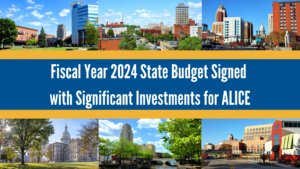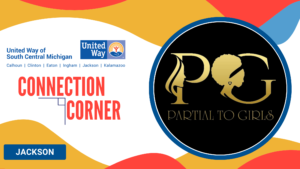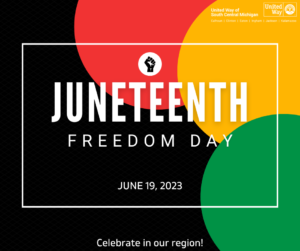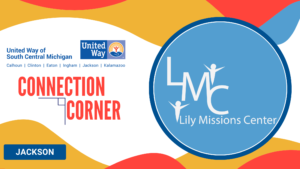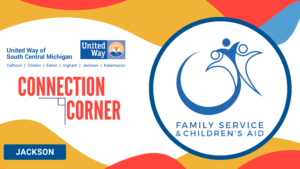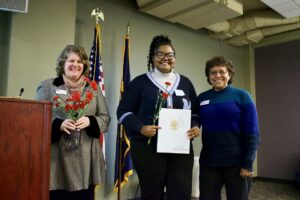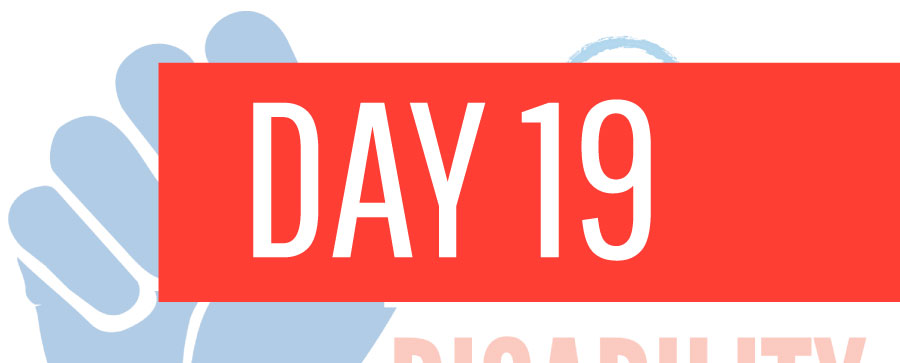
DisaDisability Pride raises awareness that people with disabilities can be and are often proud of their disability identity. This pride movement emphasizes that disabilities are a fundamental aspect of human diversity and experience, much like race, gender, or sexual orientation. Disability Pride focuses on the social and holistic models of disability, celebrating disability as a natural part of life. This perspective challenges the medical model of disability, which views disability as negative, a problem to be fixed or cured.
Disability Pride Month is in July because the Americans with Disabilities Act (ADA) was passed into law on July 26, 1990. The ADA is a federal, landmark civil rights law that prohibits discrimination against individuals with disabilities in all areas of public life, including jobs, schools, transportation, and all places that are open to the general public. The first Disability Pride celebration was held in 1990 in Boston, coinciding with the ADA’s passage. This event was a pivotal moment for the Disability Rights Movement, marking public acknowledgment and celebration of the contributions and identities of people with disabilities. Parades and celebrations in July have since spread globally, with events held in various cities across the United States, Europe, Asia, and beyond. These events often include rallies, performances, and speeches, aiming to increase visibility, understanding, and acceptance of disabilities in the broader community.
The visually safe Disability Pride flag, pictured below, was created by Ann Magill, a disabled woman who saw the need for a flag that was fully inclusive of all members of the disability community. Here the meaning behind the flag’s design:
- A charcoal/black background represents mourning for those who have suffered as a result of violence and ableism.
- There are five colored stripes (red, gold, off-white, blue, and green). Each color highlights different types of disabilities and related needs, acknowledging diversity and intersectionality within the community.
- The six colors used most often in national flags are included, symbolizing that the disability community is a global movement spanning all states and nations.
- The stripes are diagonal from the top left corner to the lower right corner and represent how people with disabilities navigate barriers in creative ways.
The stripes are also parallel, representing solidarity within the disability community.
![[Image description: The visually safe Disability Pride flag, in muted colors (for use online). A charcoal gray flag with a diagonal band from the top left to bottom right corner, made up of five parallel stripes (going from bottom up / left to right) in red, gold, ultra pale gray, blue, and green.
Attribution: Ann Magill.]](https://unitedforscmi.org/wp-content/uploads/2022/08/dec19.jpg)
[Image description: The visually safe Disability Pride flag, in muted colors (for use online). A charcoal gray flag with a diagonal band from the top left to bottom right corner, made up of five parallel stripes (going from bottom up / left to right) in red, gold, ultra pale gray, blue, and green. Attribution: Ann Magill.]
We should accept that Disability Pride looks different for different members of the disability community. Some disabled people may have a complicated relationship to Disability Pride or may struggle with accepting their disability, especially if they acquired their disabilities through preventable circumstances or traumatic events. For these individuals, Disability Pride may be a celebration of the resilience of disabled people, surviving in the face of violence and discrimination. Resistance in the face of injustice is also an act of Disability Pride! As a society, we must confront injustices and violence that cause harm to the disability community. To be inclusive in this work, pride and advocacy must be intersectional.
In addition to raising awareness and celebrating disability identity, Disability Pride Month serves as a platform for advocacy and education. It encourages society to recognize and address the barriers that people with disabilities face, promoting inclusivity and accessibility in all aspects of life. By celebrating Disability Pride, communities can work towards dismantling ableism and creating a more equitable society for everyone.

Read
- The Arc Michigan – Why and How to Celebrate Disability Pride Month
- Columbia University – History of the Disability Pride Flag
- National Council on Independent Living – Disability Pride Toolkit and Resource Guide
- Qi Creative – Disability Pride Month

Watch
- Youth Disability Advocacy Services – What Is Disability Pride? (3:32, includes captions, audio description, and ASL)
- Now This Impact – How Disability Pride Month Inspires Self-Love (5:00, includes captions)
- Babe Payton, Can TV – The 19th Annual Disability Pride Parade (19:00, includes captions and transcript)
- Rooted in Rights – Crip Queer Pride with Daisy Wislar (3:37, includes captions, audio description, and transcript)
Discussion
- How does Disability Pride challenge traditional perceptions of disability, and what impact might this have on societal attitudes towards people with disabilities?
- How can celebrating Disability Pride contribute to dismantling ableism and promoting inclusion and accessible society?
- How does Disability Pride intersect with other social justice movements, and what can these movements learn from each other to strengthen advocacy efforts?

